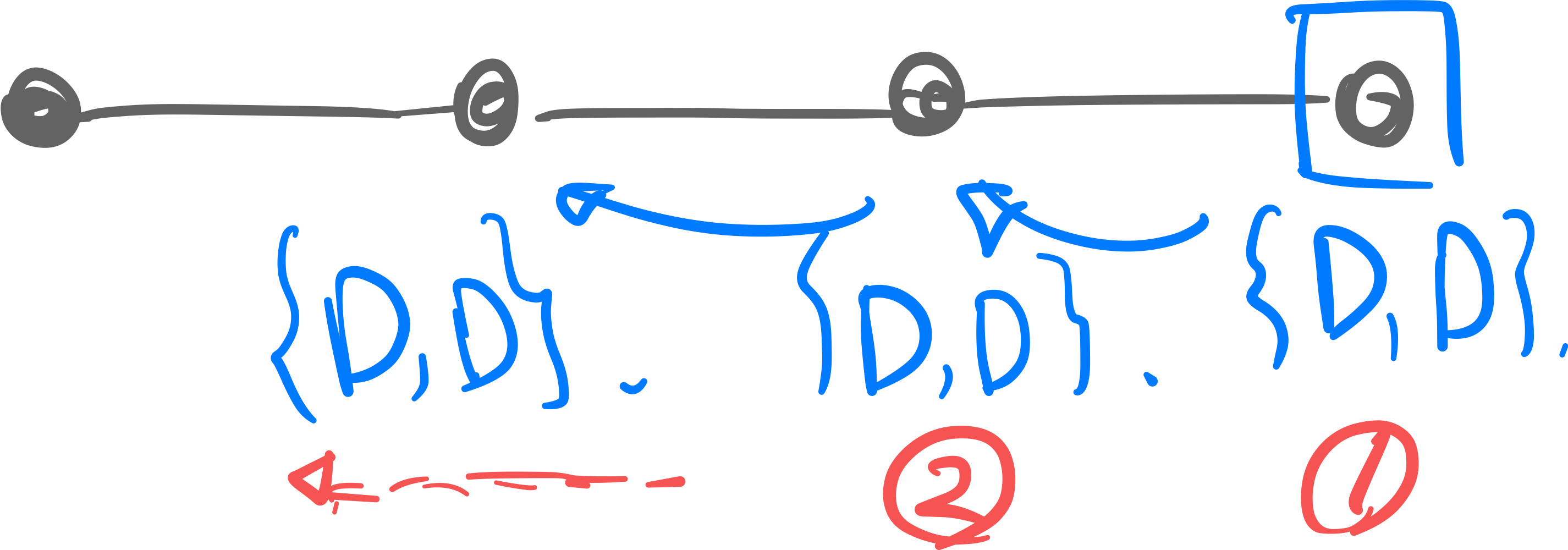Cartels and the Natural Incentive to Defect
def. Cartels are when firms collude to act as a single monopolistic firm.
However, cartels cooperating is not a stable set of strategies, because it has a tendency to unravel, as it is a Prisoner’s Dillemma situation.
We can analyze this for two firms in the following two ways:

-
Using the profit for the hypothetical monopoly firm (graph a)
- Two firms each produce , and thus together produce at .
- If I secretely produces one more unit of good: …both will lose red area together [=half each] …I will gain the profit of selling the additional units [blue area]
→ Thus I am incentivized to defect and produce more.
-
Using residual demand for one of the firms
- Assume the other firm is diligently cooperating to produce their .
- I will face a residual demand curve [=] which is shifted left
- my best option is to produce at which is , bigger than the promised
→ Thus I am incentivized to defect and produce more
Prisoner’s Dillemma situation:※

Aside on Prisoner’s Dilemma
Quote
def. Prisoner’s Dillemma (PD) is any game where the following payoff structure holds… …where :
Finitely Iterated PD
In a finitely iterated PD, the Subgame Perfect Nash Equilibrium is to defect every game.

Solving from the last game:
- Last Game: Knowing there will be no more games [= same as one-shot game], your dominant strategy is defection.
- 2nd to last: Knowing that next game both will defect, your dominant strategy is defection.
- …
- The whole game unravels into a defection.
Infinitely Iterated PD
Game design with:
- Infinitely many games
- probability that one will meet []
- discount parameter []
In this case there are multiple Nash Equilibirum Strategies
- ALL C is a BR to ALL C → (ALL C, ALL C) is an NE
- TRIGGER is a BR to TRIGGER → (TRIGGER, TRIGGER) is an NE Trigger Strategy:= strategy where the opponent’s current action triggers my future behavior. e.g. “I will coop. until opp. defects, and defect always after that.”
- TFT is a BR to TFT → (TFT, TFT) is an NE
These strategies are subgame perfect. Let’s prove that for (TRIGGER, TRIGGER):
- If we’ve always cooperated before, this subgame is same as original game → (TRIGGER, TRIGGER) is an NE
- If there was non-cooperation before, this subgame has NE: → (ALL D, ALL D) is an NE
→ All subgames have NE (TRIGGER, TRIGGER).
∴ (TRIGGER, TRIGGER) is a SPNE
